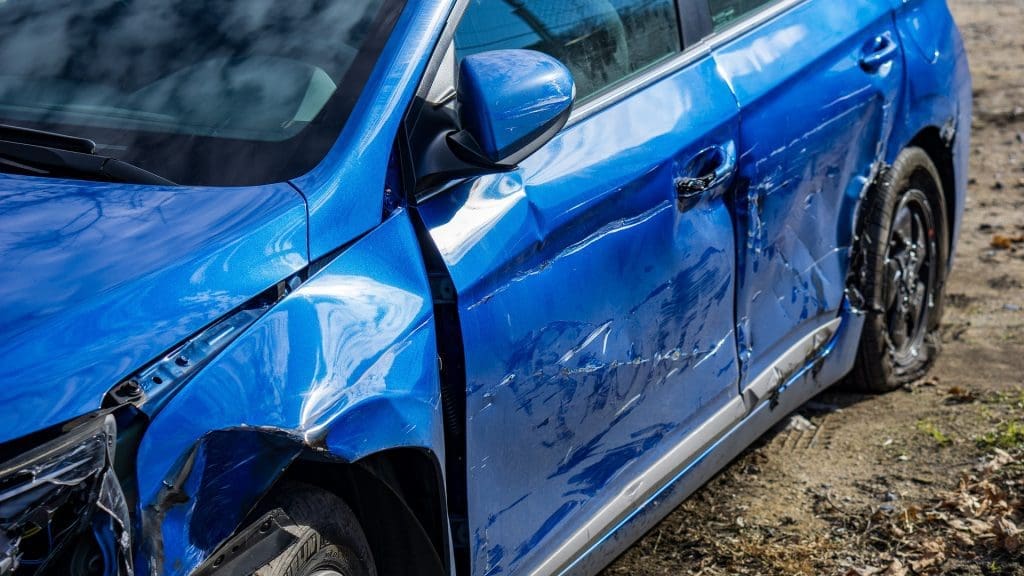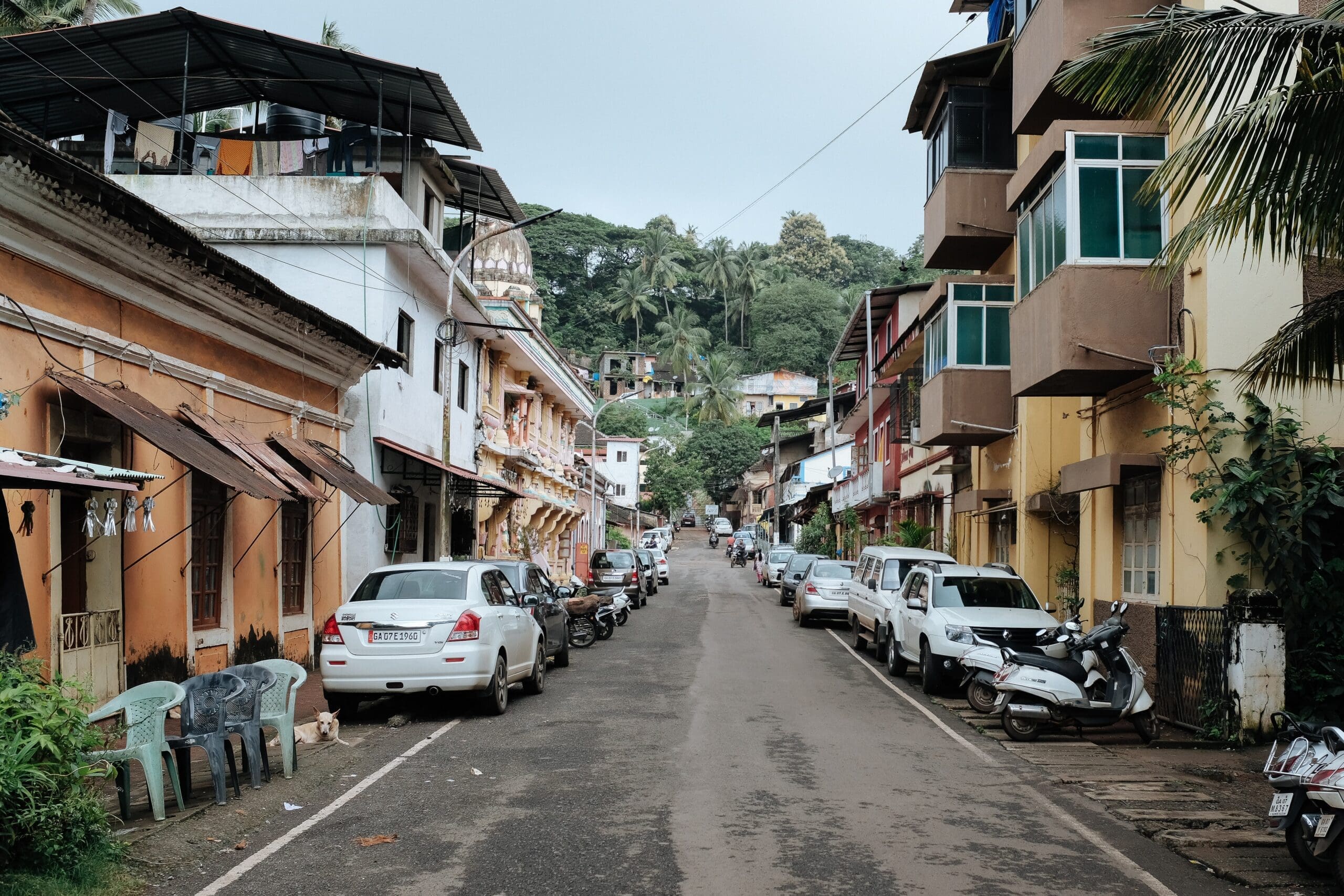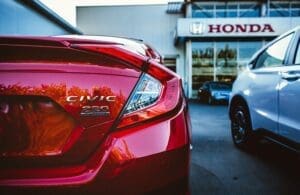A car owner is protected against financial losses, which could incur due to an accident or theft. A car insurance policy covers these losses.
In India, it is compulsory as per law for car owners to buy car insurance to drive on Indian roads.
The purchase of car insurance online helps even better in procuring the same with a lot of benefits and comparisons of different insurance companies.
Different types of car insurance:

In India, there are two types of car insurance plans:
- Third-Party Insurance- Third-party car insurance is the basic vehicle insurance. The terms and conditions cover bodily injuries/ damage(s) or losses caused to any third-party vehicle/property by the insured vehicle.
- Comprehensive Insurance- As the name suggests, the comprehensive vehicle insurance policy provides more insurance coverage. It covers third-party liability as well as own damage to the insured vehicle.
Having a comprehensive insurance policy is optional; having a third-party car insurance policy is mandatory.
The policyholder can always opt for additional riders as add-ons and avail customized insurance coverage.
Car Insurance online could be purchased at ease and could be compared online for better purchase.
Add-ons in car insurance:
When the insurance you buy does not fulfill your insurance expectations, you can always opt for add-ons offered by the insurance company.
It will enhance the offered car insurance coverage and will fulfill your individual insurance expectations.
Car insurance add-ons are also known as car insurance riders or car insurance additional riders.
While add-ons come at a nominal premium, they increase insurance coverage’s scope as per the insurance expectations of the insurance buyer.
If your car is more than five years old, these add-ons will not be applicable.
Below are a few of many car insurance add-ons:
Nil Depreciation Cover – The value depreciates as the vehicle ages. When a policyholder files a claim, it is processed after deducting the applicable depreciation. If the policyholder opts for a nil depreciation cover, no depreciation is deducted.
Engine Protection Cover– If in case the damage is caused to the engine, the repair or replacement expenses will be covered by the insurance company.
Return to Invoice Cover- Justin case there is total damage, this cover entitles the policyholder to get the original on-road cost of the insured car.
No Claim Bonus Protect Cover- Opting for this cover helps the policyholder be eligible for No Claim Bonus even if they file a claim during the year.
Consumables Cover- With this add on, a few consumable parts/ substances such as nuts, bolts, ball-bearings, engine oil, AC gas, coolant, grease that are not covered under the car insurance policy gets covered.
Coverage of Comprehensive Car Insurance Plan

The comprehensive car insurance plan provides the following coverage:
- Damages due to accident or any act of nature.
- Theft loss
- Third-party damage
- Personal accident cover for the driver
Coverage not covered under Comprehensive Car Insurance
Generally, the comprehensive car insurance plan doesn’t provide the following coverage:
- Aging, wear and tear of the vehicle
- Breakdown of electrical or mechanical parts
- Damage caused due to driving under the influence of alcohol, drugs and any other intoxicating substance
- Damage caused by driver driving without a valid driving license
- Significant loss
- Loss due to vehicle damaged outside India
Insured Declared Value:
- The Insured Declared Value (IDV) is the highest possible amount that you can receive if your vehicle is totaled. An IDV is based on the current market value of your vehicle.
- Sometimes a car owner declares a low IDV to keep the policy premium low. When claiming total loss through an accident or theft, he will receive a low claim amount based on the lower declared value. This is a penny-wise and pound-foolish decision to make by declaring your car’s lower value to save higher premiums.
- In other cases, some car owners tend to declare a high IDV thinking that they would receive a high claim. However, the insurer considers several factors before processing a claim. Hence, in spite of having paid a high premium, the policyholder receives only a realistic amount. Stupidity at its heights.
- Hence, a car owner can either go in for basic coverage at a much lower cost or go for a full-fledged car insurance policy that is many times pricier. All car owners are advised to choose the car insurance policy wisely. We should not try to make money from insurance claims. Be truthful, and you will truly be covered truthfully.
These are all that you need to know about the types of car insurance policies in India. Happy driving !!!





